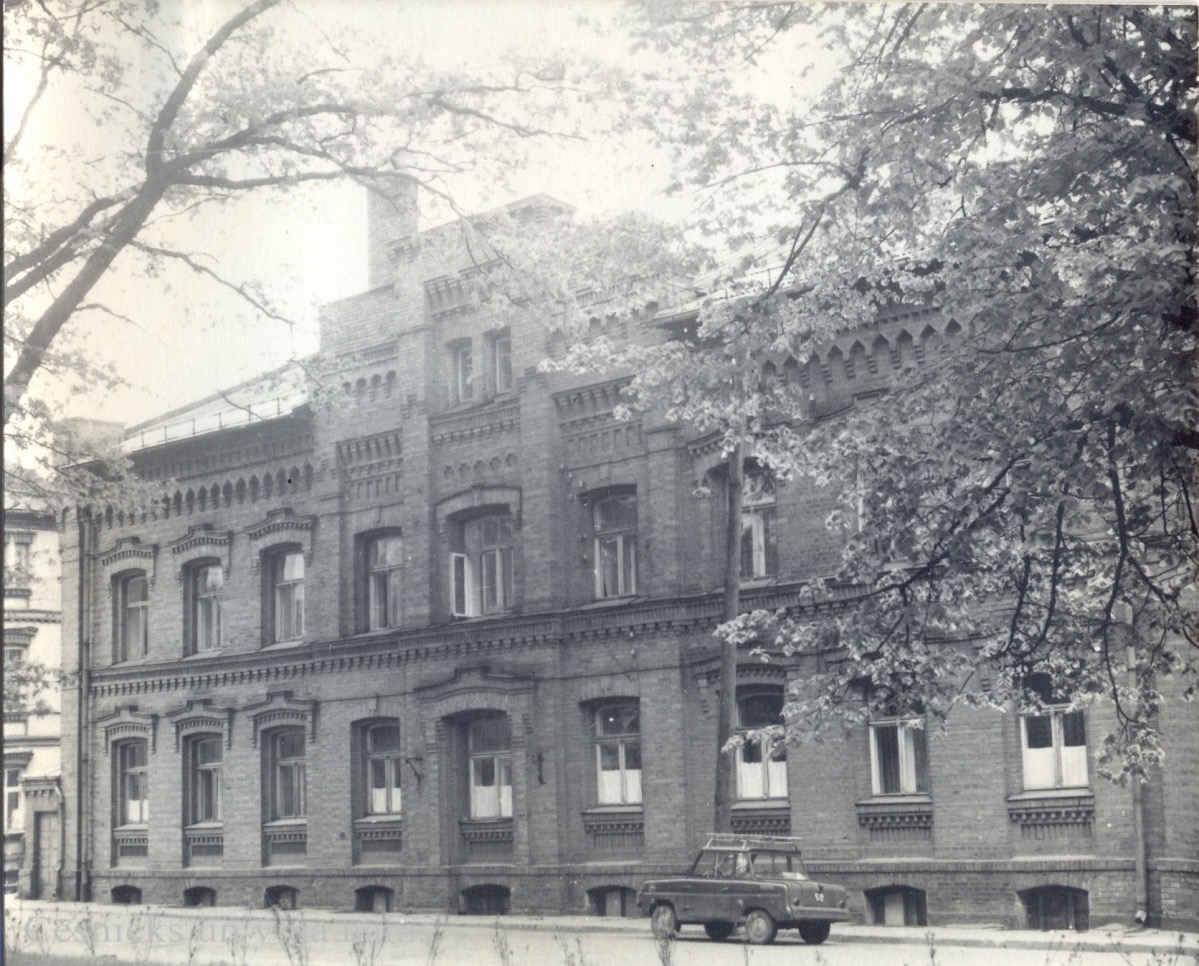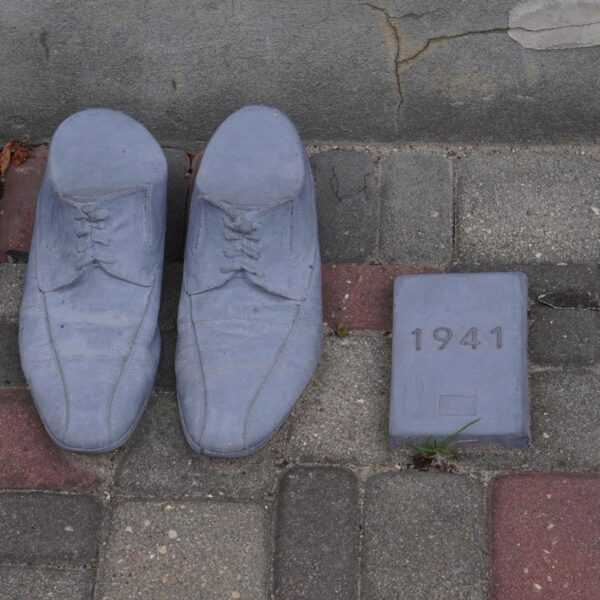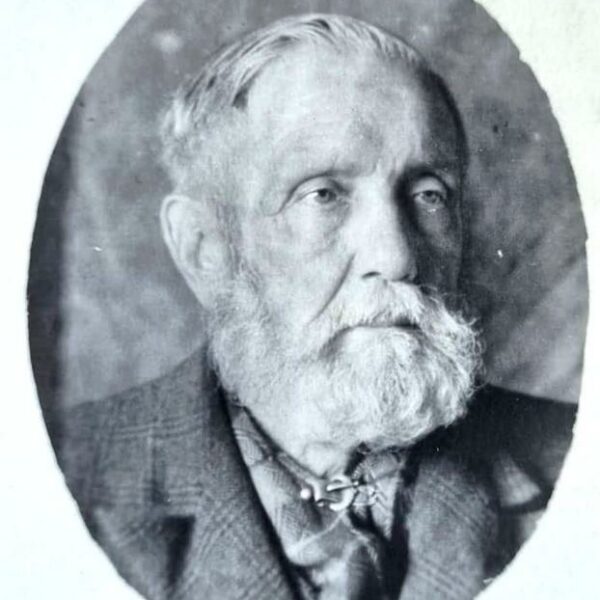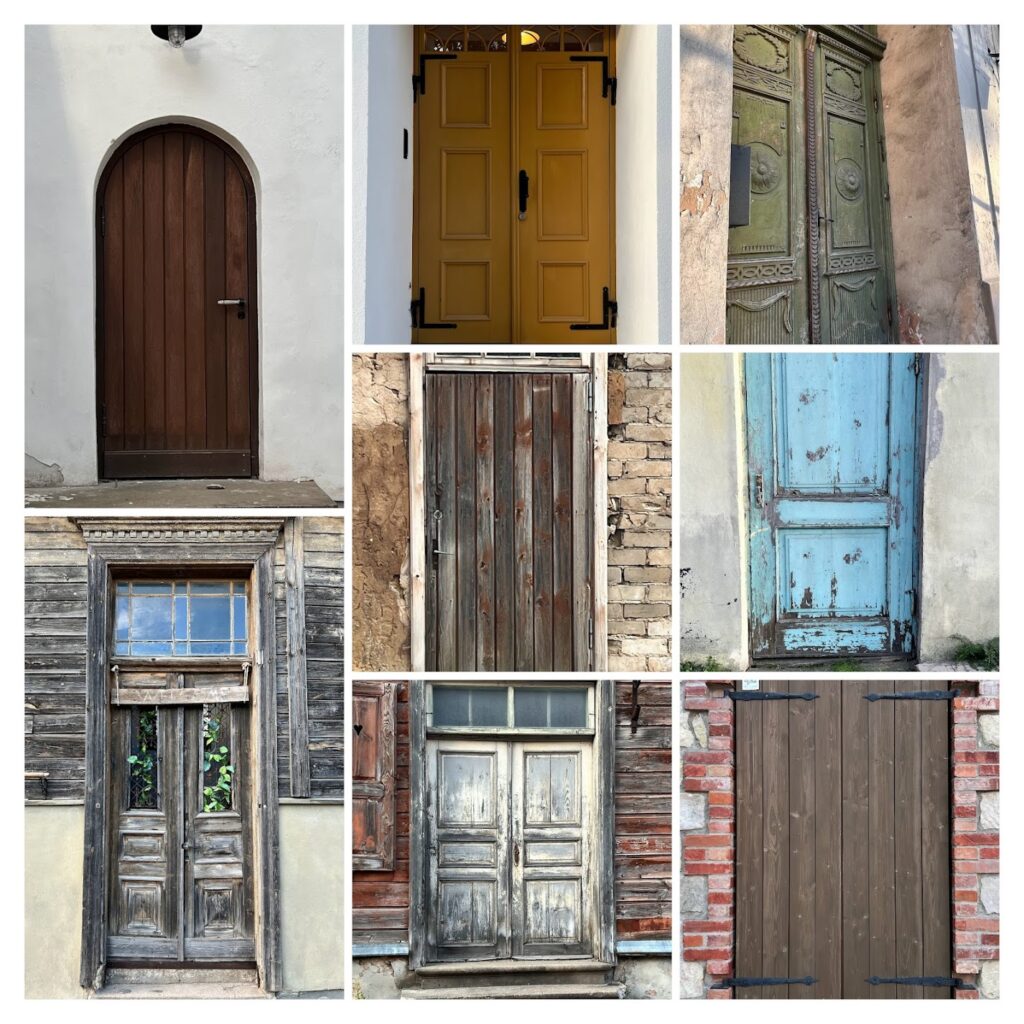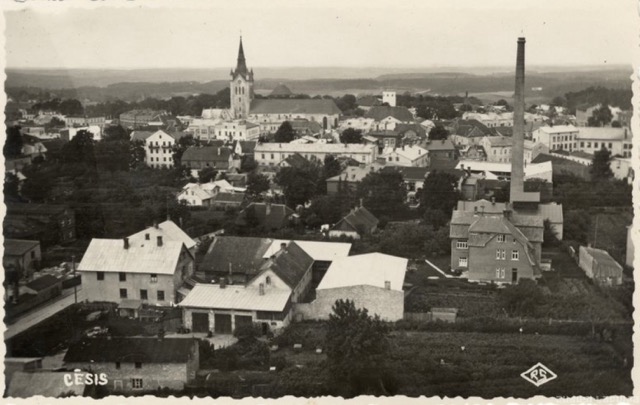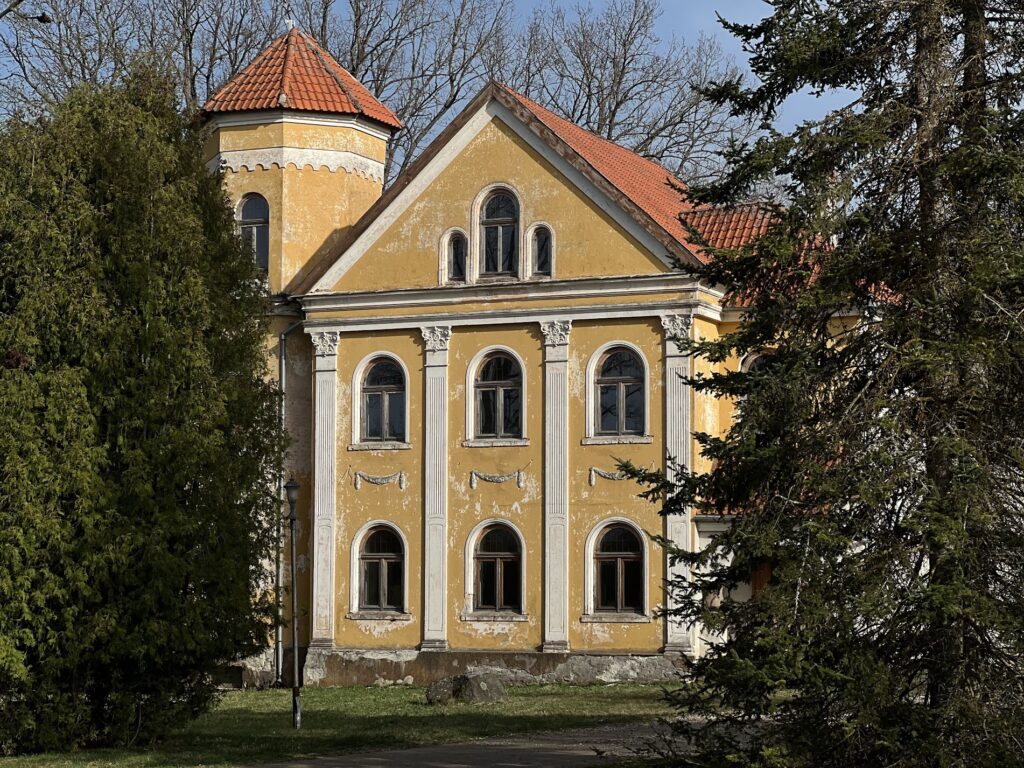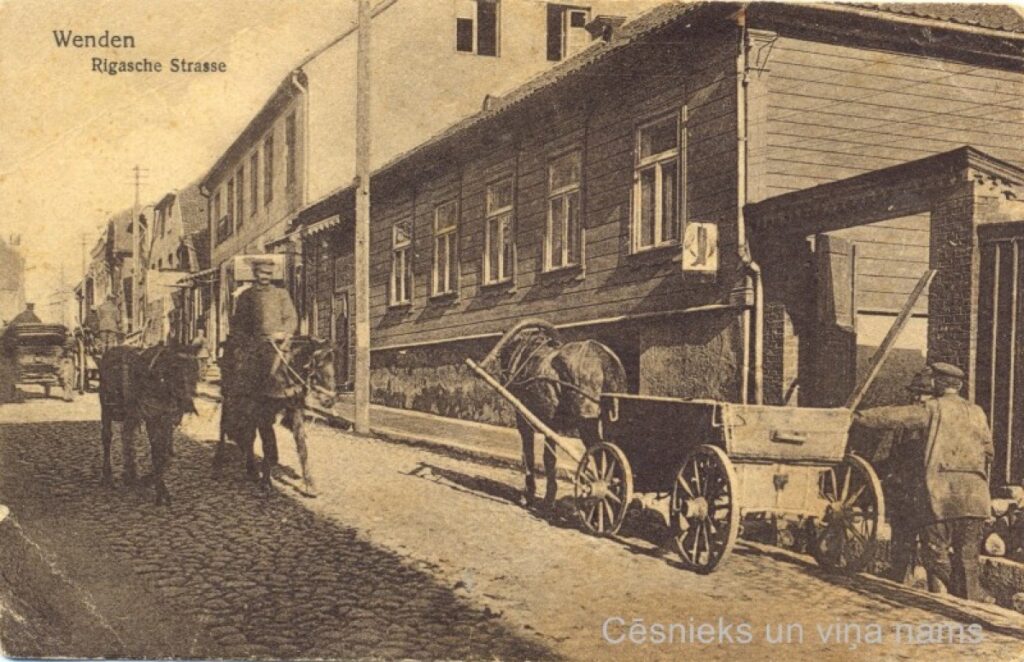The building known to many generations of Cēsis residents as the polyclinic has written its name in the city’s history with a rich story of changing owners and functions. It’s hard to imagine that in the 18th century, this site was merely a garden, described in documents as “the garden before Catherine’s Gate” – an area located outside the city’s defensive wall.
The current two-story brick building was constructed in 1880 according to the design of contractor Johan Hoppe, when the land belonged to the notable natural scientist and ornithologist Oskar von Löwis of Menar. Before the building’s construction, this plot of land, known as “Schultz’s Garden,” traveled from one owner to another for a century until it came into von Löwis of Menar’s possession, who purchased it in 1878 for an impressive 10,000 rubles.
After the building’s construction, Oskar von Löwis rented his property to state institutions – the Cēsis-Valka Magistrate’s mortgage (land registry) department and the 1st district judge’s chamber. The lease agreement, concluded in 1889, provided for the premises to be used for 1,300 rubles per year. The owner committed to carrying out necessary repairs and even covering street maintenance, waste disposal, and chimney cleaning expenses – truly a lordly gesture!
After Oskar von Löwis’s death in 1899, the property was inherited by his widow Alexandra, who later moved to Dresden and sold the house to nobleman Gaston von Pistolkors for 16,500 rubles in 1902. The property changed several owners until Emma Špora acquired it in 1913, whose family managed it until the beginning of World War II.
The building’s premises were used for various purposes over the years – it housed the Cēsis printing house, Elvīra Grosa’s private kindergarten, a sewing workshop, and even Adventist church services. After Emma Špora’s death in 1937, the property was inherited by her children Erika Krēmere and Arvīds Špors. Unfortunately, in 1939, Erika repatriated to Germany, leaving her share of the property, which was taken over by the Latvian Credit Bank.
After World War II, during the Soviet era, the house was reconstructed as an outpatient clinic in 1949, with the front doors bricked up using bricks produced at the Cēsis building materials factory. Since then, the building has served as a medical institution, and although various doctors practice there today, Cēsis residents still affectionately call it the “polyclinic.”
This building, whose history began as a simple garden outside the city walls, has become part of the city’s identity – from a noble property to an important public healthcare institution. It is a living testimony to the transformation of Cēsis through time, political regimes, and societal changes.
The materials used for the description are:
Dace Cepurīte, Mg. hist., Research “Cēsnieks un jego nams”
Collections of the Cesis Castle Museum and the Central Library

